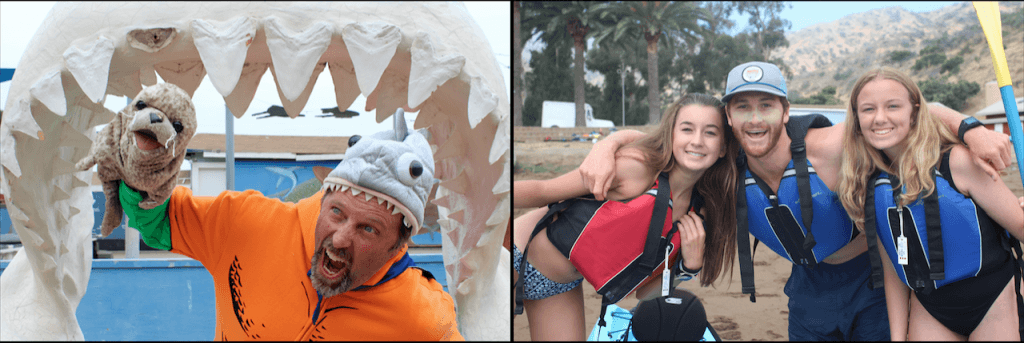
According to the Exxon Valdez Oil Spill Trustee Council, on March 29th, 1989 approximately 11 million gallons, or 17 Olympic-sized swimming pools, of crude oil were spilled into Prince William Sound, Alaska. Due to the amount of oil, timing of the spill, and pristine location in which it occurred, the Exxon Valdez oil spill is still widely considered one of the worst oil spills in history in terms of environmental damage. The spill covered 460 miles, and approximately 1,300 miles of shoreline were impacted. Even after 26 years, the habitat and wildlife are still suffering from effects of the spill.
[vc_row][vc_column width=”2/3″][vc_empty_space][vc_column_text]Though almost all animals were affected by this environmental disaster, birds were among the most immediately and widely affected. The Exxon Valdez Oil Spill Trustee Council estimates that 250,000 seabirds were killed by the spill. Birds are particularly susceptible to oil damage because of their feathers. Birds use their feathers as insulation to protect them from cold water. When oil penetrates feathers, they can no longer hold air to keep the birds warm. Many birds died of hypothermia because of this lack of insulation.
Birds often perform preening, an act of straightening their feathers with their beak. The beak also has a specialized gland that produces an oily substance to keep the feathers waterproof. Along with destroying the effects of this waterproofing substance, crude oil is likely to be ingested by birds while preening. When ingested, the crude oil acts as a poison, killing the bird. Clean up efforts required washing individual animals with dish soap to rid their feathers of crude oil. Unfortunately, it also stripped the feathers of natural oils, so a recovery period was necessary.[/vc_column_text][/vc_column][vc_column width=”1/3″][vc_empty_space][vc_column_text]
[/vc_column_text][/vc_column][/vc_row][vc_row][vc_column][vc_empty_space][vc_column_text]Crude oil is considered a persistent oil; meaning natural processes are not usually enough to remove it from the environment. Because a large amount of oil was pouring out of a number of holes into calm seas, the oil slick spread consistently on top of the water. Compounding this issue, the lack wave action or turbulence in Prince William Sound during the spring did not break up the oil into fragments or droplets. Without this breakup of the oil slick, natural processes such as dissolution or biodegradation, along with clean up substances being dropped onto the slick, did not have opportunity to take effect.
There is a simple experiment that can be performed to examine the effects of crude oil on bird feathers. Buy soft feathers from a craft store. Create a “crude oil” mixture by mixing 3 parts vegetable oil and 1 part cocoa powder. Make one bowl each of salt water, fresh water and fresh water with dish soap. Dip feathers in the crude oil mixture and compare the washing effect of each type of water. Feel how oily each feather is after washing. Pouring the crude oil mixture at different speeds can also simulate the effect of turbulence. First, pour the oil into the salt water bowl quickly, taking note of the natural separation of the oil into droplets. Quickly pouring the oil creates turbulence in the bowl, simulating wave action and rough water separating an oil slick. Then, pour the mixture slowly. This represents calm seas, in which the oil will spread evenly, coating the entire surface of the water.[/vc_column_text][/vc_column][/vc_row]



